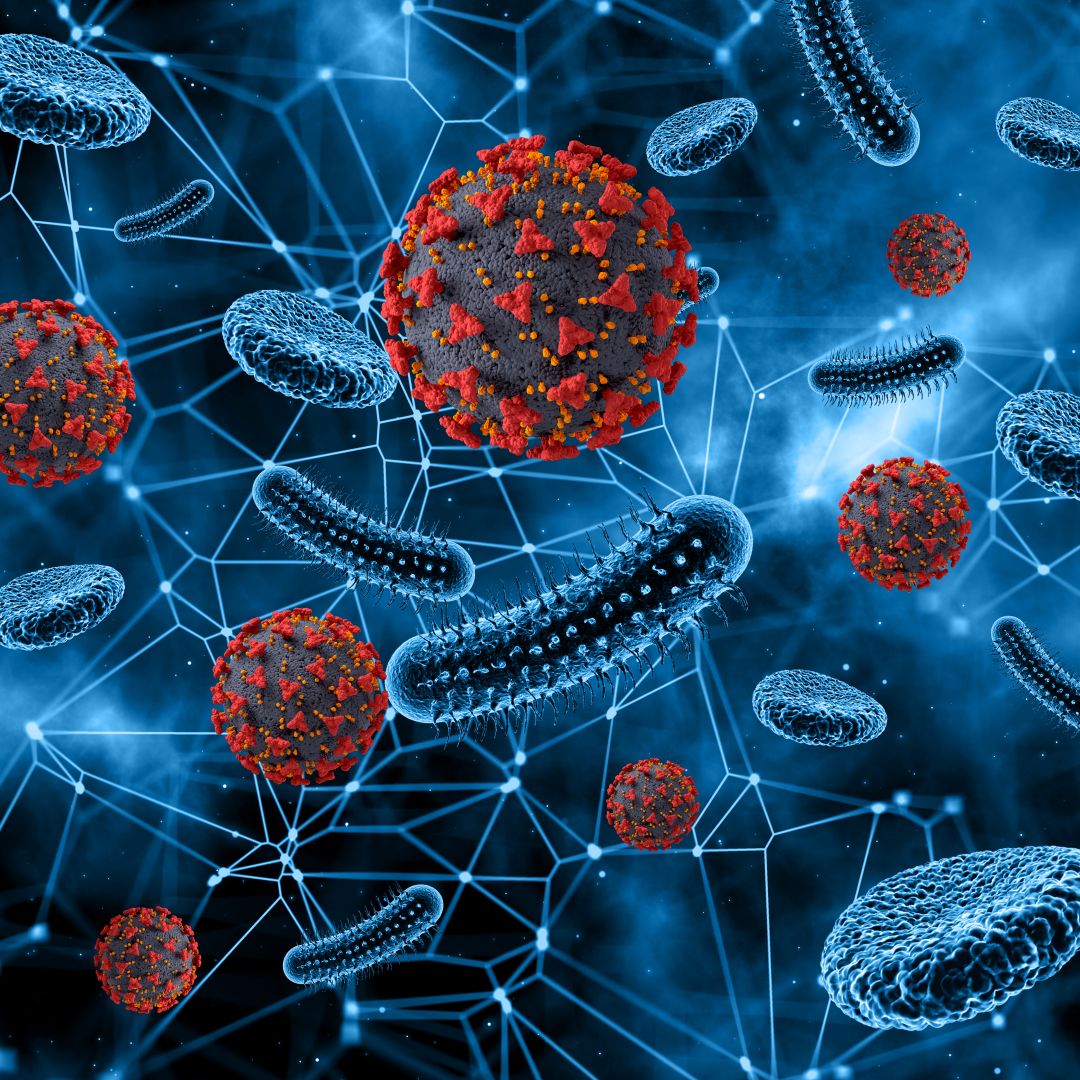Legionnaires’ disease is a serious type of pneumonia caused by the bacterium Legionella pneumophila. If not diagnosed and treated quickly, the disease can be life-threatening, especially in older people or people with weakened immune systems.
📌 What is Legionnaires’ disease?
Legionnaires’ disease is a lung infection caused by inhaling small droplets of water containing the Legionella bacterium. It is not contagious and does not spread from person to person in most cases.
🧬 Causes and sources of infection
The disease is caused by the Legionella bacterium, which is naturally found in freshwater environments such as lakes and rivers. However, they become a health concern when they grow and spread in man-made water systems, including:
Cooling towers (used in air conditioning systems)
Hot tubs
Showerheads and faucets
Decorative fountains and water features
Large plumbing systems
Humidifiers
These bacteria thrive in warm water temperatures (20°C – 50°C), especially in stagnant or poorly maintained systems.
🌬️ How is it spread?
Legionnaires’ disease spreads when people breathe in aerosolized water droplets (mist or vapor) containing the Legionella bacteria. It is not spread through drinking water or direct contact.
Increased risk factors are found in:
Industrial or commercial buildings
Hotels and cruise ships
Hospitals and long-term care facilities
⚠️ Who is most at risk?
Certain groups are at higher risk for severe illness:
People over age 50
Smokers and heavy drinkers
People with chronic lung disease (COPD, asthma)
Immunocompromised individuals (cancer, diabetes, HIV)
Patients hospitalized or on ventilators
🤒 Symptoms of Legionnaires’ disease
Symptoms usually appear 2 to 10 days after exposure and resemble severe pneumonia. Common symptoms include:
High fever (often above 104°F / 40°C)
Chills
Cough (dry or with mucus)
Difficulty breathing
Muscle aches
Headache
Fatigue
Confusion or mental changes
Nausea, vomiting, or diarrhea (in some cases)
In mild cases, it can cause Pontiac fever, which is a flu-like illness without pneumonia and usually resolves without treatment.
🧪 Diagnosis and tests
Doctors may use the following to confirm Legionnaires’ disease:
Chest X-ray (to rule out pneumonia)
Urine antigen test (to look for Legionella proteins)
Sputum culture (to identify the bacterium)
Blood tests
Early diagnosis is extremely important for effective treatment.
💊 Treatment
Legionnaires’ disease is usually treated with antibiotics:
Macrolides (azithromycin)
Fluoroquinolones (levofloxacin)
Severe cases often require hospitalization. With timely treatment, most people recover, although recovery may take several weeks.
🛡️ Prevention
Prevention includes proper maintenance and monitoring of water systems to prevent the growth of Legionella. Key steps include:
Regular cleaning and disinfection of water tanks, pipes and cooling towers
Maintaining hot water temperatures above 60°C and cold water temperatures below 20°C
Flushing unused taps and showers
Monitoring chlorine and pH levels
Implementing water safety plans in buildings
🌍 Global concern and notable outbreaks
Legionnaires’ disease was first recognized in 1976 after an outbreak at an American Legion convention in Philadelphia, where more than 200 people fell ill and 29 died. Since then, sporadic outbreaks have occurred in hotels, cruise ships, and hospitals around the world.
📊 Quick Facts
🔬 Cause: Legionella pneumophila
🏥 Severity: Can be fatal (up to 10% in community cases, 25% in healthcare-acquired cases)
💧 Spread: By droplets of contaminated water, not person-to-person
⏱️ Incubation period: 2-10 days
💉 Vaccine: No vaccine available
🌐 The World Health Organization classifies it as a notifiable disease in many countries
📝 Conclusion
Legionnaires’ disease is preventable and treatable but potentially dangerous. Vigilance in water system maintenance, awareness of risk factors, and prompt medical care can significantly reduce the likelihood of outbreaks and deaths
